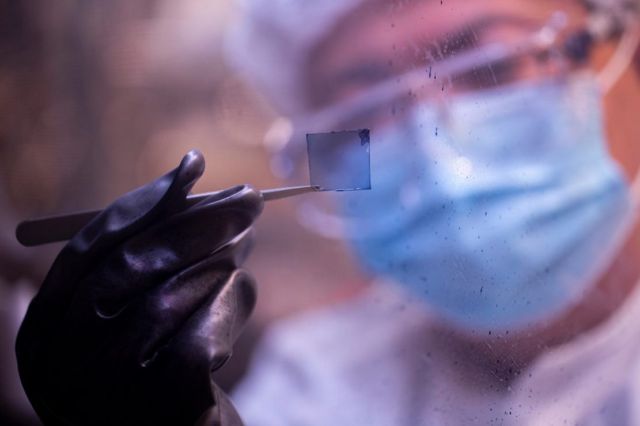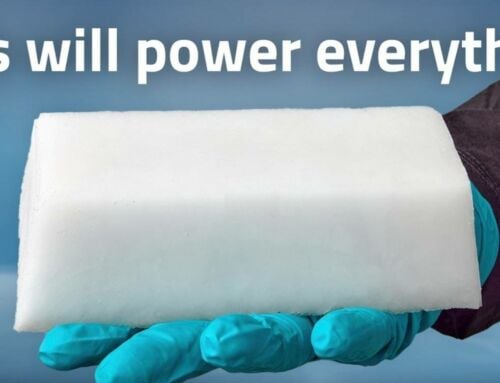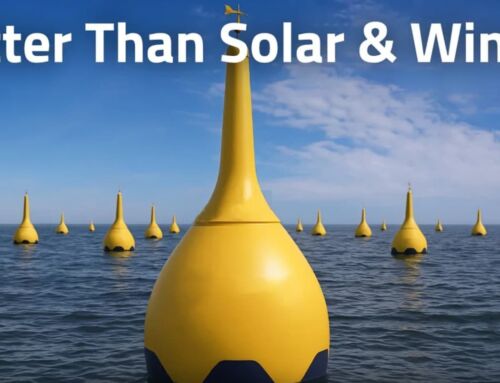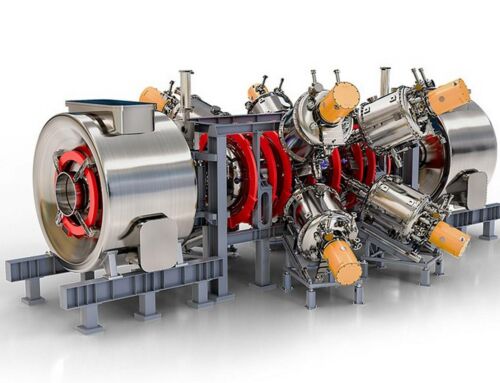Transparent solar panels on windows hit record 8% efficiency, could take a bite out of a building’s electricity needs.
A team led by University of Michigan researchers, in a step closer to skyscrapers that serve as power sources, has set a new efficiency record for color-neutral, transparent solar cells.
The team achieved 8.1% efficiency and 43.3% transparency with an organic, or carbon-based, design rather than conventional silicon. While the cells have a slight green tint, they are much more like the gray of sunglasses and automobile windows.
Above: Yongxi Li holds up a sample of a transparent solar cell. Credit: Robert Coelius, Michigan Engineering Communications & Marketing
Stephen Forrest, the Peter A. Franken Distinguished University Professor of Engineering and Paul G. Goebel Professor of Engineering, who led the research, said:
“Windows, which are on the face of every building, are an ideal location for organic solar cells because they offer something silicon can’t, which is a combination of very high efficiency and very high visible transparency.”
Left is as viewed through the color-neutral transparent solar panel. Right is as viewed through the more efficient green-tinted transparent solar panel. Credit University of Michigan’s Gerstacker Grove.
Buildings with glass facades typically have a coating on them that reflects and absorbs some of the light, both in the visible and infrared parts of the spectrum, to reduce the brightness and heating inside the building. Rather than throwing that energy away, transparent solar panels could use it to take a bite out of the building’s electricity needs. The transparency of some existing windows is similar to the transparency of the solar cells Forrest’s group reports in the journal Proceedings of the National Academy of Sciences.
“The new material we developed, and the structure of the device we built, had to balance multiple trade-offs to provide good sunlight absorption, high voltage, high current, low resistance and color-neutral transparency all at the same time,” said Yongxi Li, an assistant research scientist in electrical engineering and computer science.
source Michigan Engineering







Very interesting approach, but i strongly believe that most of people want to see things as they really are.. without any loss of color & transparency… We are not rats to leave in basements !!!